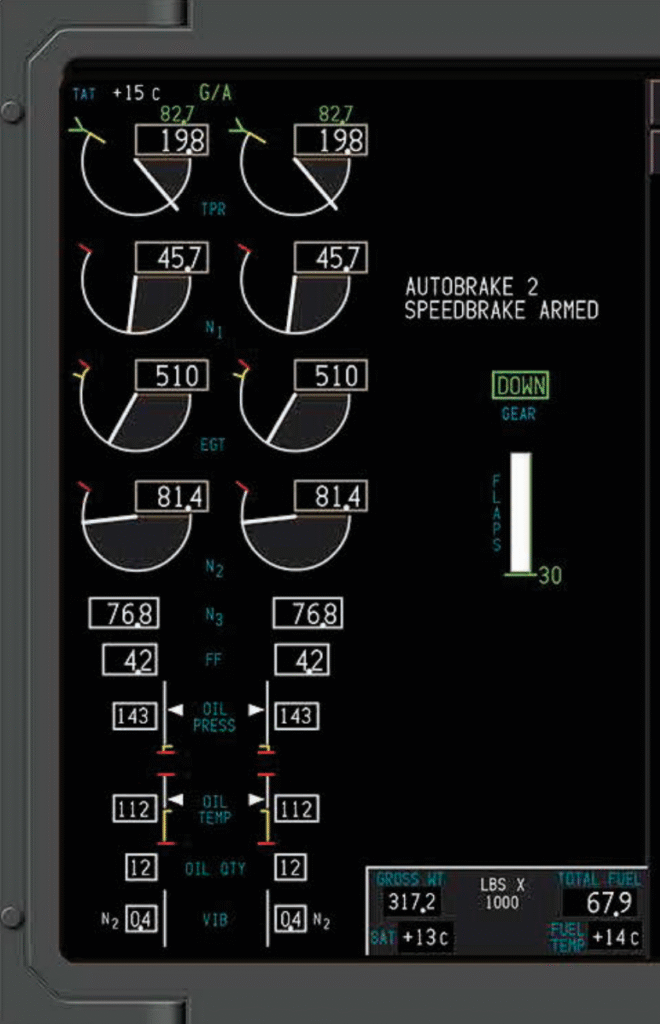Takeoff essential Guide: Confidently Handle B787 Takeoff Issues and Pro Tips
B787 takeoff tips: handle HOLD issues, choose the right takeoff type, and spot engine trouble fast.
❓ What would you do?
❓ If HOLD annunciation does not appear during takeoff?
HOLD means the protective feature may not be active. No action is required unless there is an unwanted thrust lever movement; the autothrottle should then be disconnected and thrust set manually.
The HOLD mode protects against thrust lever movement if a system fault occurs. Takeoff into a headwind of 20 knots or greater may result in HOLD before the autothrottle can make final thrust adjustments.
❓ The takeoff speeds have been deleted during take off Run?
The takeoff may be continued. The PM should announce V1 and VR speeds. If neither pilot recalls the correct rotation speed, rotate the airplane 5 to 10 knots before the displayed V2 speed.
❓ What is a standing takeoff?
A standing takeoff may be accomplished by holding the brakes until the engines are stabilized, ensuring the nose wheel steering tiller is released, and then releasing the brakes and promptly advancing the thrust levers to takeoff thrust (autothrottle TO/GA).
❓ Why stabilize engines before brake release in a standing takeoff?
Stabilizing (usually around 40–60% N1) prevents engine asymmetry and ensures smooth power application. Unstable thrust settings can cause uneven acceleration and directional issues.
❓ When do you do rolling take off?
A rolling take off is recommended (strongly advised) in the following cases:
- When crosswinds exceed 20 knots or tailwinds exceed 5 knots.
- When using takeoff thrust.
It expedites the takeoff and reduces the risk of foreign object damage or engine surge/stall due to a tailwind. Flight tests and analysis prove that the change in takeoff roll distance due to the rolling takeoff is negligible when compared to a standing takeoff.
❓ Why do we call Postive Rate?
The Call positive rate and not Positive climb because we do not rely on vertical speed to do the call; the positive rate is on the altimeter.
❓ What are the functions of TOGA switch?

❓ What if TOGA is pressed twice on the ground?
Pressing TOGA once commands takeoff thrust. Pressing it twice typically enables LNAV/VNAV modes (if armed and criteria met), allowing for lateral and vertical navigation guidance right after liftoff.
❓ What if TO/GA mode doesn’t engage when pressed?
Verify the mode annunciation (FMA). If no response, set takeoff thrust manually using target N1 from the takeoff data and continue using raw data and standard procedures.
❓ What happens if only one engine reaches takeoff thrust?
It’s considered an engine abnormality. The takeoff should be rejected if still below V1. If airborne, treat it as engine failure, follow engine-out profile, and complete the appropriate QRH checklist.

❓ How do you identify a damaged ENG?
- – If N1 or N2 is zero or very slow rotation, it’s an indication of engine damage.
- – Extremely high EGT.
- – Zero Oil Pressure.
- – High Vibrations.
- – Rapidly fluctuating N1 and N2 (can be a sign of an engine stall)
- – Separation: You will know it as you will have trouble keeping the aircraft in the air, complete loss of thrust on one side, loss of a couple of tons of mass on one side (which at high power/low speed leads to “crossed controls”—left “rudder/right aileron, for example). And as the engine leaves (usually under power, so it powers forward as it tears off the pylon, then UP and OVER the wing, taking the leading edge devices with it), the associated wing loses lift.
This takeoff guide provides practical insights for B787 flight crews, covering essential procedures like handling HOLD mode issues, dealing with missing speed data, choosing between standing and rolling takeoffs, and recognizing early signs of engine failure. With emphasis on decision-making, mode awareness, and thrust management, it equips pilots to respond confidently to abnormal scenarios during this critical phase of flight.